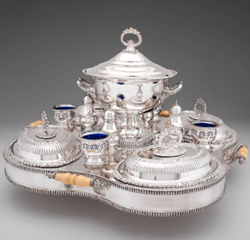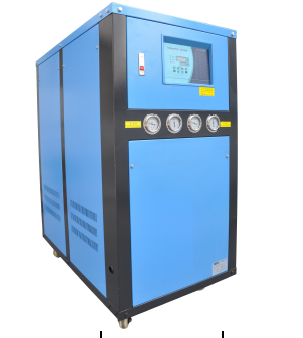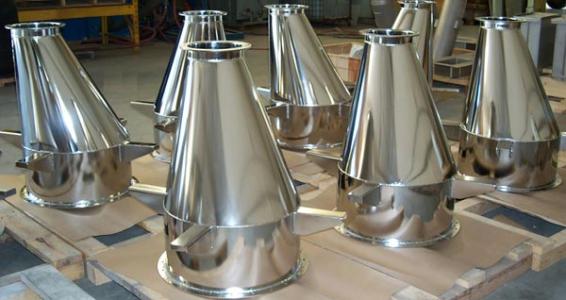Vacuum coating is a technique for vapor phase coating in a vacuum chamber filled with air or an inert gas. At present, the three main methods of vacuum coating have many characteristics such as no pollution, no hydrogen embrittlement, suitable for a variety of substrates, and relatively simple processes.
In the past two or three decades, electronic devices are moving toward miniaturization, high reliability and super-integration. It is necessary to prepare various special functional coatings to promote physical vapor deposition (referred to as PVD, also known as vacuum plating). The rapid development and wide application of chemical vapor deposition (referred to as CVD, also known as vapor phase plating). According to the data, the United States has built an ion plating chamber with a height of 36m and a width of 30m in order to meet the needs of coating materials for large parts of the aerospace industry.
The vacuum plating has strong adhesion, the coating is not easy to fall off; the diffraction is good, the coating thickness is uniform; the coating is dense, the pinhole bubbles are less; the treatment is easy before plating, the process is simple; the materials are used and pollution-free. It can be used to plate elemental, alloy or compound on metal or non-metal surfaces. It has been widely used in industrial sectors such as mechanical, aerospace, aerospace, electronics, light industry and optics to prepare wear-resistant, corrosion-resistant, heat-resistant, conductive and magnetic. Various coatings such as optics, decoration, lubrication, piezoelectric and superconducting.
At present, with the continuous improvement of vacuum coating equipment, large-scale and continuous, coupled with the development of coating technology, a decorative film layer with good bonding strength, strong abrasion resistance and high brightness can be obtained. Vacuum plating has entered the stage of industrial production and has become one of the advanced technologies that the world has been vying since the 1980s.





